Sporting goods is a big global business market and will continue to grow in the coming years. McKinsey’s WFSGI 2021 report shows the total sales of the global sports equipment retail market to be $149.6 billion in 2020 and is predicted to reach over $200 billion by 2024. So, if you have a sporting goods store business idea, you’re ready to get started. However, there is more to it than just knowing how to purchase and sell sporting goods. It involves market research, business registration, and the expertise to run a retailer. To keep you from overwhelming, we’ve put together the following 11 steps to guide you through how to start a sporting goods store profitably and legally.
- Step 1. Research market
- Step 2. Identify the target market
- Step 3. Develop your business plan
- Step 4. Register your business
- Step 5. Apply for the necessary licenses and permits
- Step 6: Sign up for business insurance
- Step 7. Create an omnichannel shopping experience
- Step 8. Standardize store process
- Step 9. Prepare to open a store
- Step 10. Stock up on inventory
- Step 11. Promote and market your sporting goods store
- Related questions
Step 1. Research market
Research sporting goods industry trends
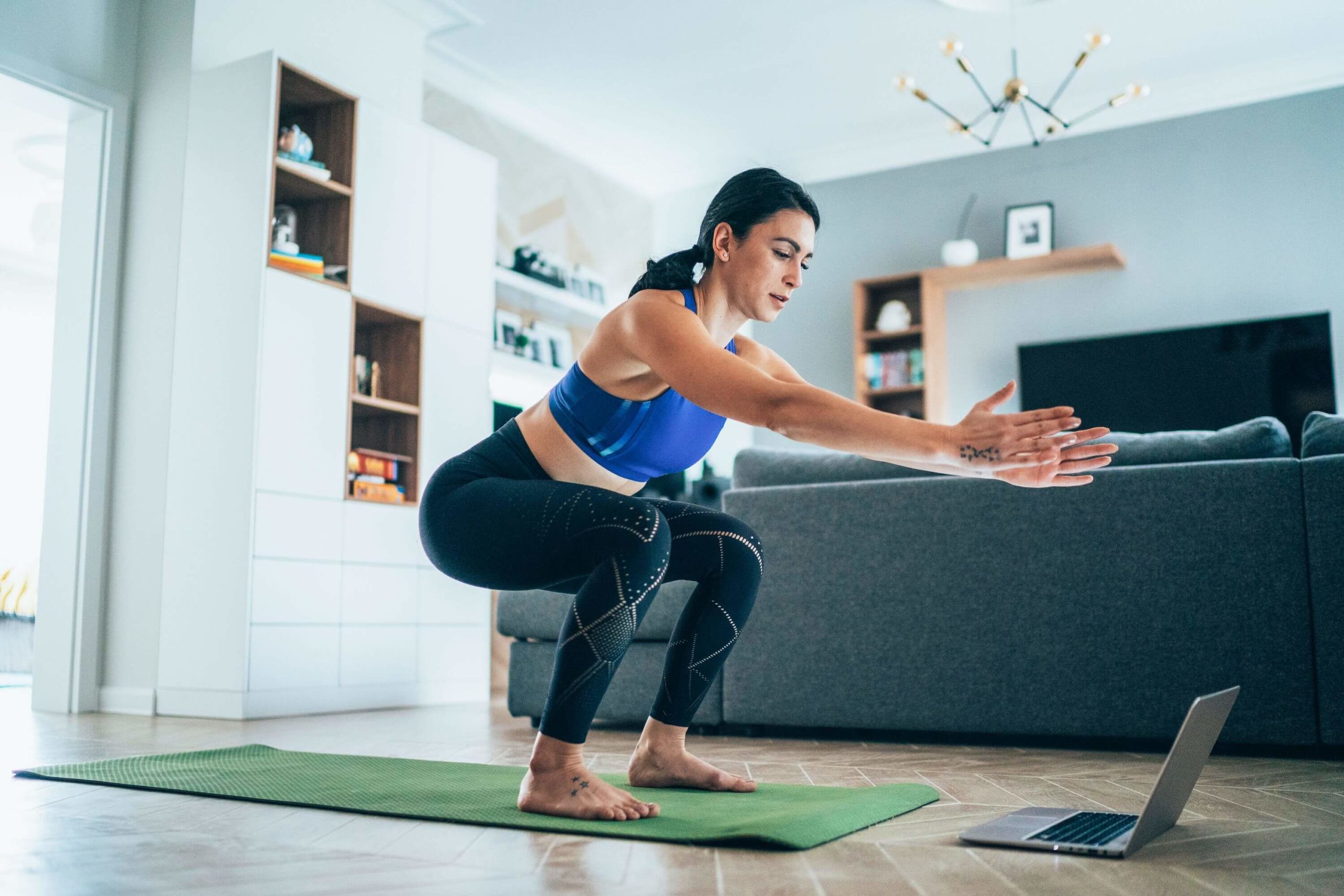
You should constantly update the latest sports trends. For example, work-out at home during COVID-19 or extreme outdoor sports in the ecozone could bring new sportswear and equipment demand in 2022 and 2023.
Research your competitors
Before starting a sports business, it’s essential to know who your competitors are and how they’re doing. So, visit other sporting goods stores in the area to see what’s good and bad about the goods and services they offer. If there is a sport that consumers are interested in but underserved, this could be your opportunity to capture the market.
Research your local
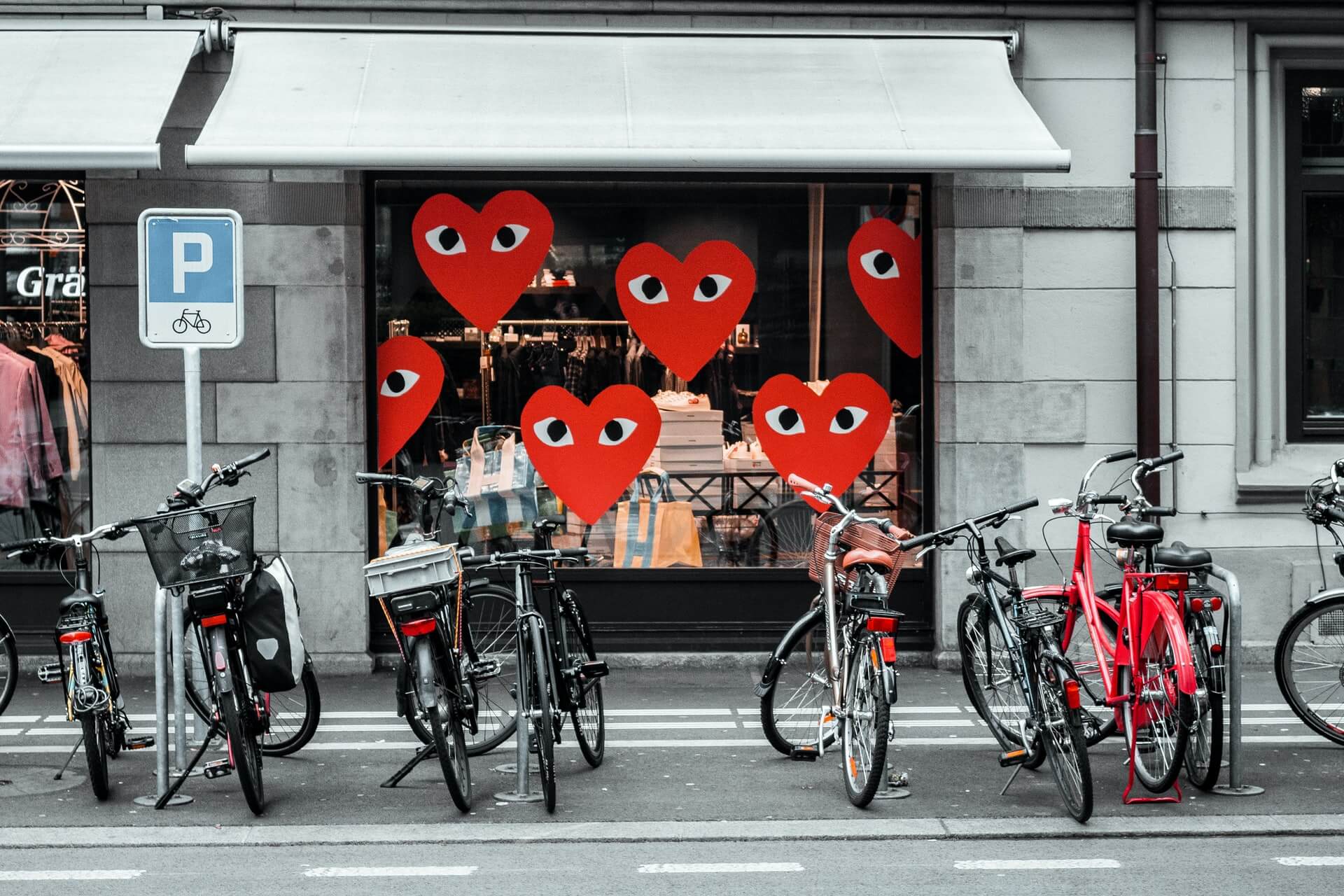
You should find out popular sports activities and hobbies in your area. For example, a nature reserve or park is a lucrative market for popular outdoor activities like kayaking and hiking. If your city has a lot of bike paths, the demand for bicycles is likely to increase. You can open a sporting goods business specializing in bicycle rental, sale, and repair.
Step 2. Identify the target market
Select by industry group
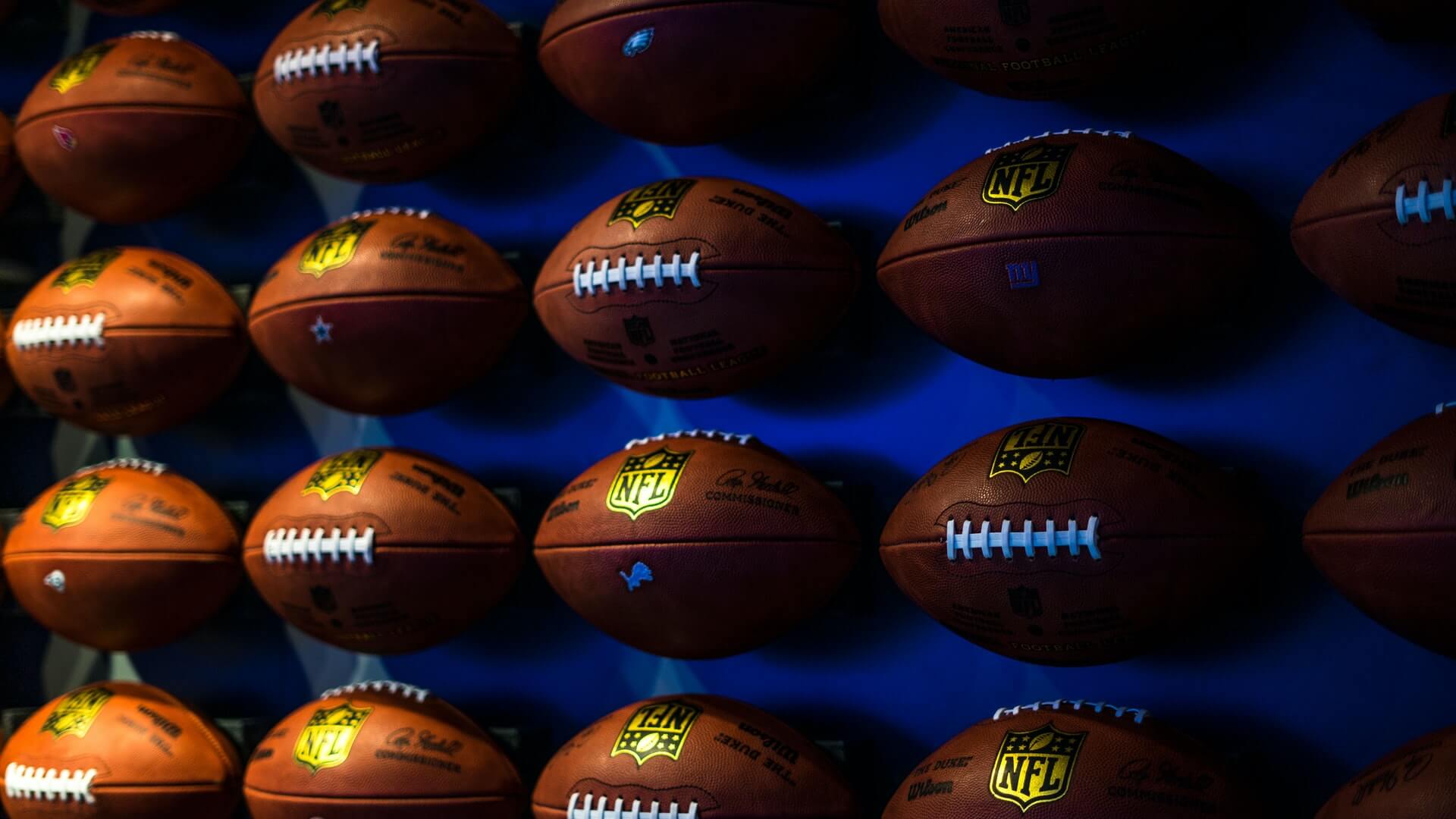
If your sporting goods store caters to all kinds of sports interests, you can start with sporting goods products like camping, fishing, hiking, hunting, baseball, soccer, basketball, hockey, golf, and tennis. Be aware, however, that no one can cover a general sport or market as there isn’t a strong enough customer base to back it. So, instead of a mass-intensive approach that requires a lot of money, focus on specific sports like golf, fishing, or hunting to become a professional sports retailer and make a difference. Focusing on a niche market helps you cover every aspect of a particular sport without thinning your resources.
Select by customer group
Alternatively, you can focus on customer groups, such as amateur athletes, teenagers, or products aimed at children. Conversely, you can also go to the other end to cater to the professional market only and offer only high-end sportswear and equipment. A distinct niche from sports equipment is sports memorabilia and apparel.
Find a niche market
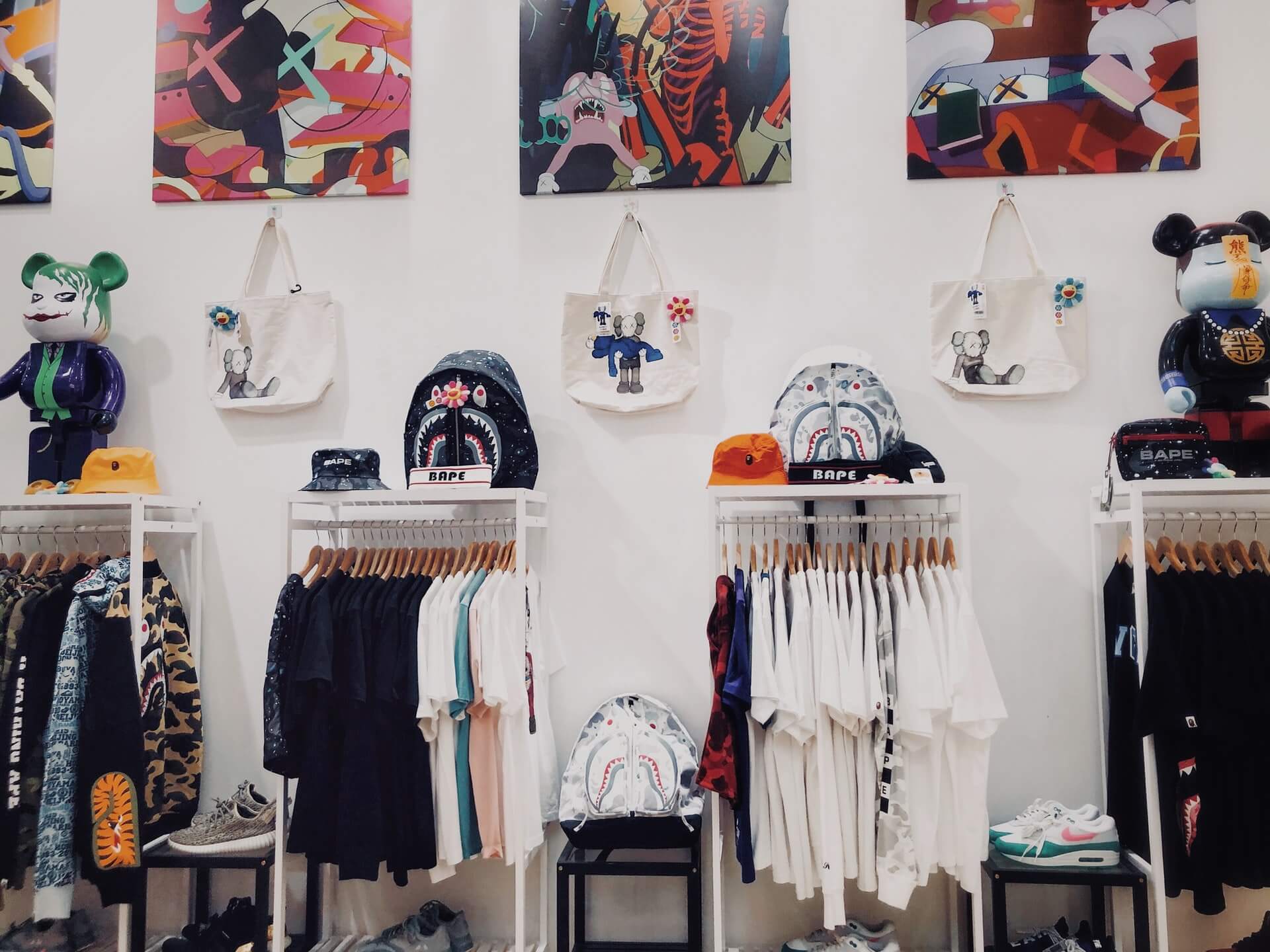
To stand out from competitors, you need to be at the forefront of a new style or innovation. For example, if your store specializes in sports souvenirs, find and sell unique pieces that you can’t find elsewhere. That is the mechanism of success and sustainable business development in the long run.
Shape pricing strategy
Some sporting goods stores prefer to sell to coaches of sports teams because they often buy sports equipment in bulk for players on the team throughout the year. Besides, customers who prefer high-end sports equipment are often willing to pay a premium for high-quality items. Therefore, it’ll bring a more significant profit margin and determine your pricing model. Since sportswear comes in a wide range of prices, set your prices in line with your competitors, and your customers will remain loyal.
Step 3. Develop your business plan
Business summary

A clear plan of how to start a sports business is essential to map out the specifics of your sporting goods store. A business plan is a document describing the path you plan to take with your business and how to achieve success. Imagine what you want to achieve in 3–5 years and develop specific strategies to accomplish these goals. You can begin with:
- The mission statement
- The most prominent features or unique strengths of the business (What will set you apart from the competition?)
- What specific products and services will you offer?
Cost

The biggest question is probably “What are the costs involved in opening a sporting goods store?”. According to Starter Story, the average cost for starting a sports business is $39,237. However, it should include start-up and ongoing costs to make it up and run in at least 2 months.
Initial cost of a sporting goods store
The first is rent, as you’ll need to buy or rent retail space for your sporting goods business. Also, you’ll need to build a website for starting a sporting goods store online. Finally, the overhead costs include applying for a business license, business registry, initial inventory, stocking shelves, insurance, and utilities such as software and hardware.
Categories | Cost |
Legal fees | $10,000 |
Insurance | $2,000 |
First rent and deposit | $6,000 |
Software | $3,500 |
Long-term assets | $11,000 |
Start-up inventory | $15,000 |
Others | $1,000 |
Total | $48,500 |
Ongoing costs of a sporting goods store
Ongoing expenses include monthly rent, utilities, inventory, employee wages, and employee insurance. Here is a summary of some basic costs:
Categories | Cost |
Rent | $700–2,000/month |
Employee salary | $8–10/employee/hour |
Internet | $40–60/month |
Cleaning service | $120–175/one cleaning |
Other facilities | $100–200/month |
Capital
From a primary financial projection, you compare costs with your existing funds to determine how much you need to borrow and what kind of profit margin can be expected. Once you’ve completed your business plan, you can take it to a loan office and bank to apply for a credit line or a small business loan. It helps rent store space, buy inventory, and pay employees before you can start turning a profit.
Step 4. Register your business
Prepare legal documents
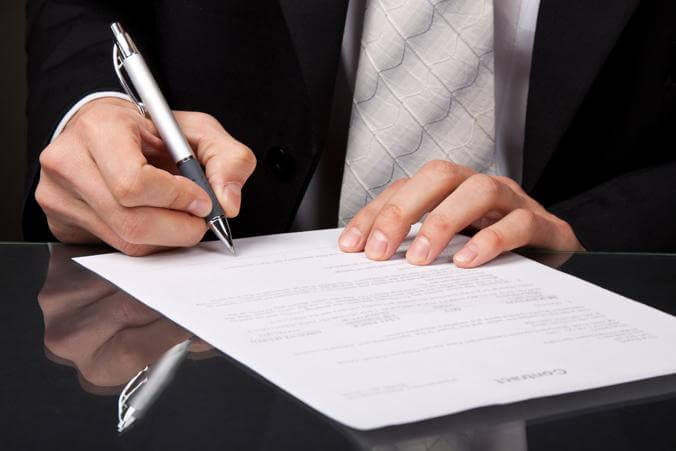
After doing all the research and planning, make your dream come true by registering your sporting goods business legally. Depending on your local requirements, this process can be different. For that, you should hire an attorney to help with the necessary legal documents to register your new business and name your business.
Establish legal entity
Establishing a legal business entity as a limited liability company (LLC) saves you from being personally liable if someone sues your sporting goods store. However, the most popular type of business structure is the sporting goods franchise. In addition, there are many other types of businesses, such as partnerships and sole ownership.
Register tax
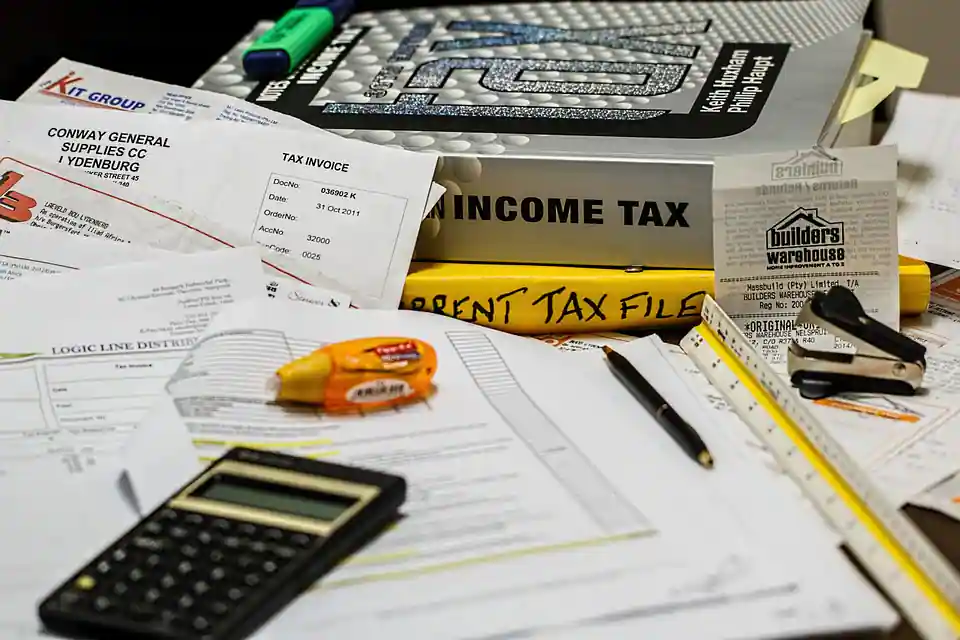
You’ll need to register for taxes before opening a sporting goods store. To register for taxes, you can apply for an Employer Identification Number (EIN) through the IRS website. Once you’ve registered your business, you can continue to apply for the permits required by your state or with your rental space.
Open a business bank account
You should open a business account to separate your personal assets from business assets. In addition, it also makes tax returns and accounting easier.
Set up business accounting
Documenting your various expenses and sources of income is crucial to understanding the financial performance of your business. Keeping accurate and detailed accounts also helps to simplify your annual tax return.
Step 5. Apply for the necessary licenses and permits
Licenses

If you run a business without the necessary permits, you could face hefty fines or even close your business. Business licensing requirements to operate a sporting goods store can vary from state to state and local to locality. Resources to find information about business licenses include:
- Your county, town, or city clerk’s office
- SBA’s Reference to State Licenses and Permits
Certificate of occupancy
Sporting goods stores are often required to obtain a certificate of occupancy (CO) to confirm that all government regulations, building codes, and zoning laws have been complied with. You need to apply for a CO with your local authority before making any changes to your home. If you only use the rented premises, the landlord will be responsible for applying for a CO.
Step 6: Sign up for business insurance
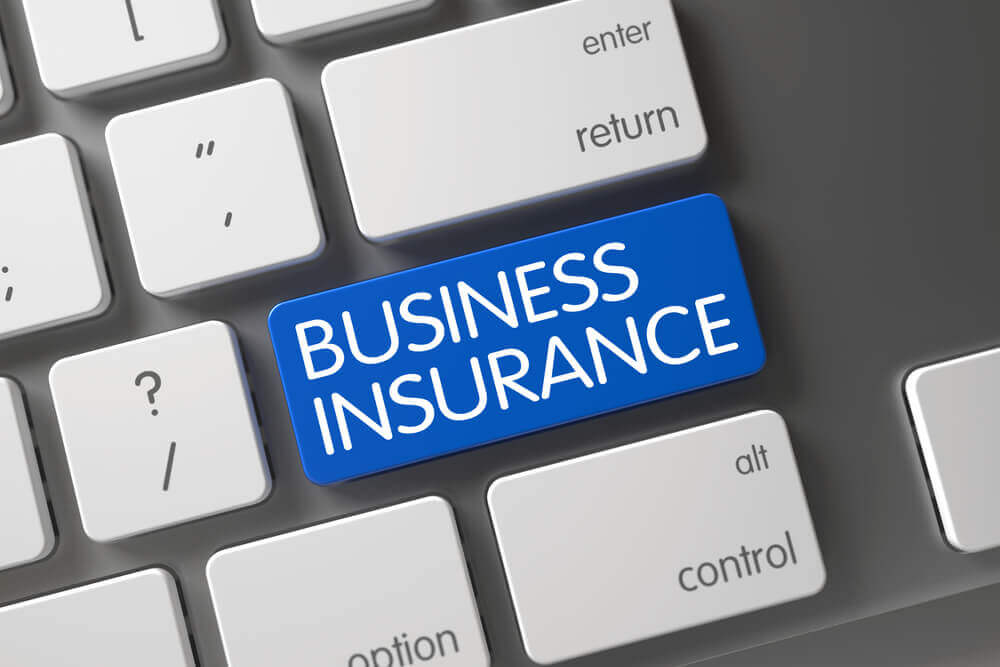
Just like a business license, your sporting goods store needs insurance to operate legally and safely.
General Liability Insurance
The most common coverage small businesses need is General Liability Insurance (GLI) is the most common coverage small businesses need. If you’re unsure about how to start a sporting goods store and the risks you may face, GLI is a great choice.
Other notable insurances

Types of insurance policies are created for different types of businesses with different risks, for example, business insurance for sportswear stores. It protects your company’s financial well-being in the event of a loss. Also, if your business has employees, you’ll need to take out Workers’ Compensation Insurance.
Step 7. Create an omnichannel shopping experience
With store closures due to COVID-19, many sports retailers develop online sales, and first-time online customers will stick with their new habits. As a sportswear retailer, you’ll need to put digital commerce at heart and provide a seamless omnichannel experience to retain old customers and reach your target audience.
Invest in a POS system
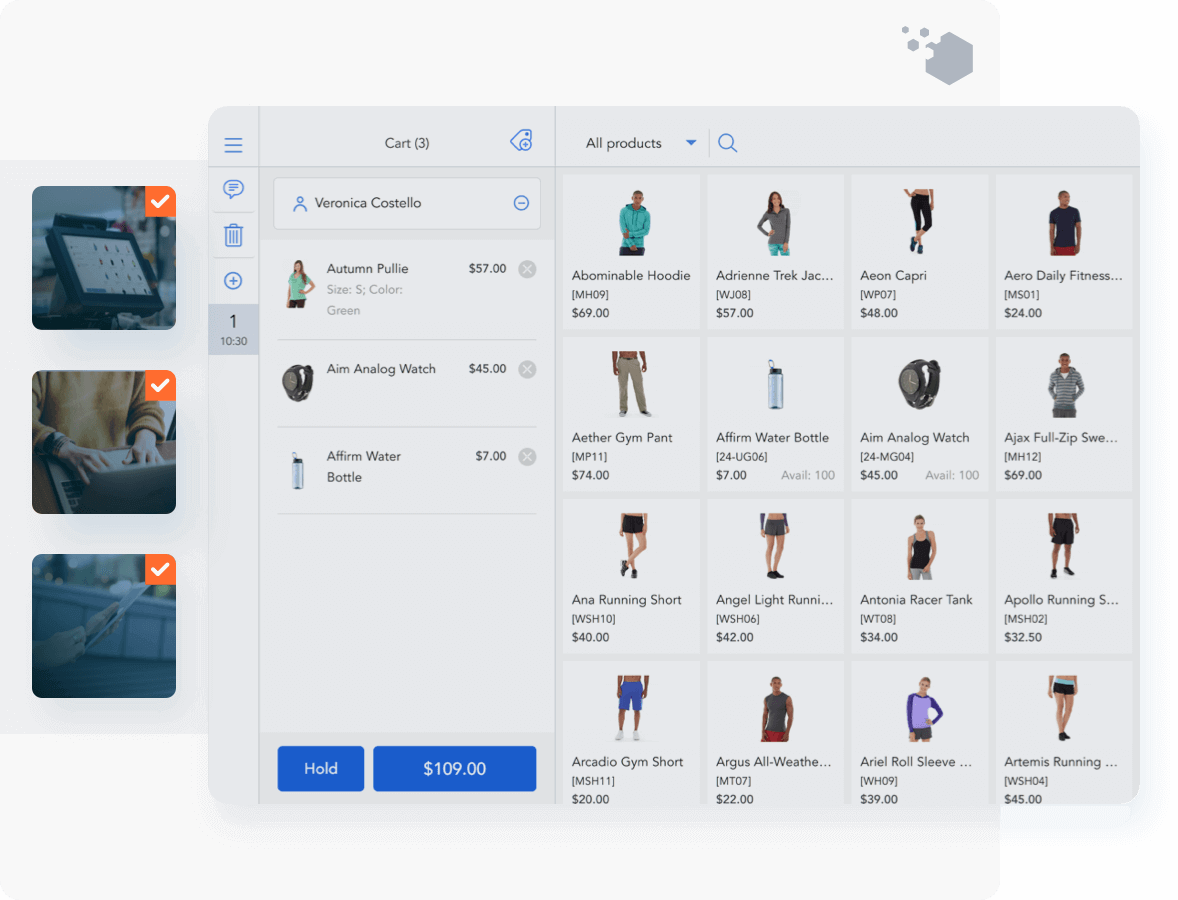
The peculiarity of sporting goods stores is to manage items with multiple attributes such as style, color, size, color, or sports brand and multiple categories simultaneously. Therefore, it’s important to configure them quickly when opening a sporting goods store. A POS system for sports and outdoor business can help you do that easily. You can set up multiple locations from an all-in-one system, including:
- POS working on desktop and iPad: Allow your employees to move around and sell at the consulting floor, pop-up stores, skills workshops, or offsite events
- Quick item selection: Use the barcode scanner, search by SKU or product name to advise customers quickly
- Optimal inventory: Check inventory instantly from the POS screen in each location, report real-time inventory, and allow items to be moved between stores
- Offline mode: No interruption when creating orders, even without an internet connection
- Order fulfillment: Fulfill orders from online and various offline locations right on POS
- Customer and sales data: Provide customer profiles, order history on your website and all your offline sporting goods stores
- Supplier management: Procurement from multiple suppliers on database
Build an eCommerce website
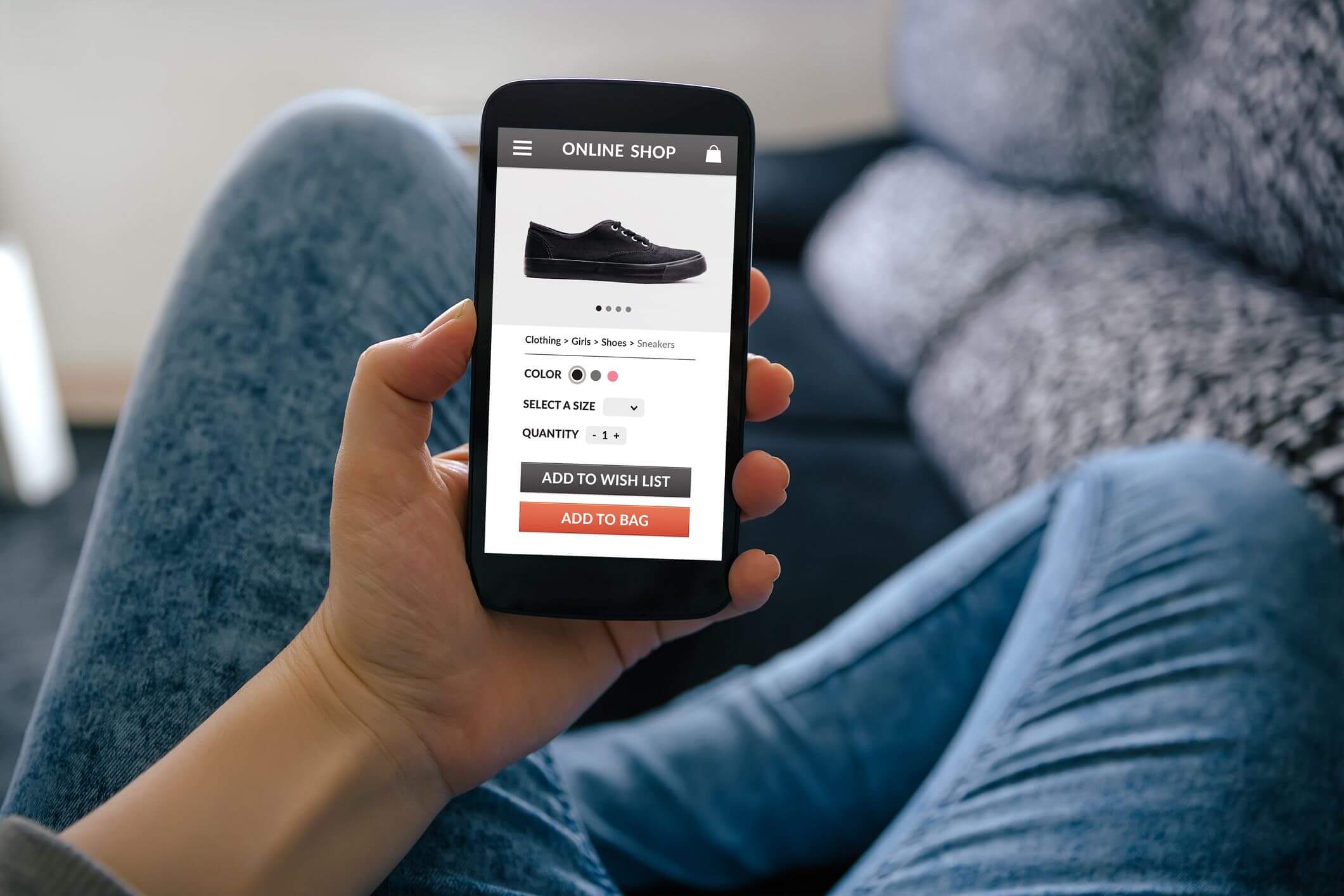
Even if you’re a brick-and-mortar store, it’s still crucial to have a website that leads to the success and recognition of your sporting goods store. At first, you can start with basic information such as pictures, some general information, and a story about the product, hours of operation, and store location. Then, as your store grows, you might consider bringing your entire inventory online. From there, customers can browse at home and even make purchases from outside of your local area.
When developing an eCommerce website, it’s crucial to provide customers with a safe and convenient shopping experience. Website creation for small businesses got a whole lot simpler with pre-built eCommerce platforms that are out-of-the-box and customizable as you grow. The best platforms are Magento, WooCommerce, and Shopify.
Step 8. Standardize store process
Daily operations of a sporting goods store
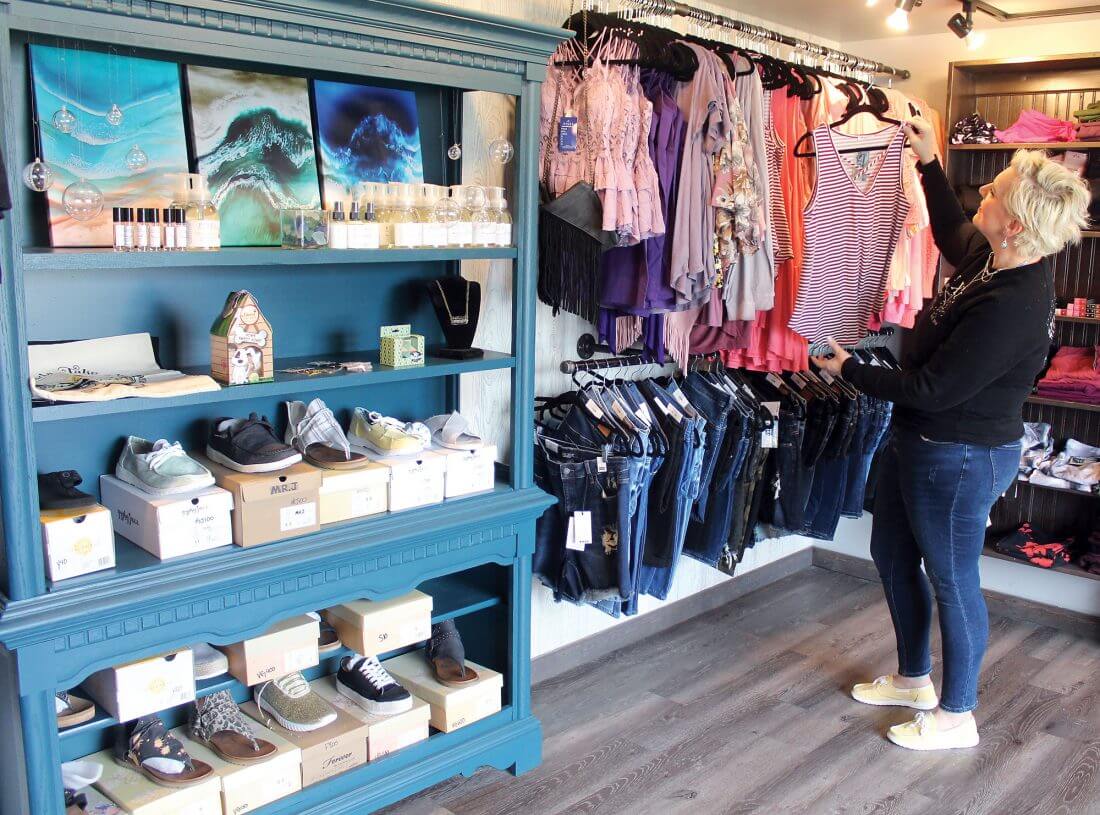
Sportswear store owners perform various retail store management operations during the day. The typical early morning employee prepares inventory for the day’s sales, prepares the checkout drawers, and opens the store. Mid-day activities typically focus on sales, customer support via text and phone, prospecting, and placing new orders.
Create a checklist for opening and closing stores
Store opening and closing are the two most important processes that significantly impact the day-to-day operations of your retailer. It ensures that all of your employees aiming for the same goal are on the same page. In other words, your sporting goods store can build healthy habits and long-term success by following a good checklist for opening and closing a retail store. Those benefits include:
- Support to organize daily work processes
- Improve internal communication
- Reduce waste costs
- Practice customer service standards for customer satisfaction
Build a professional and compliant team
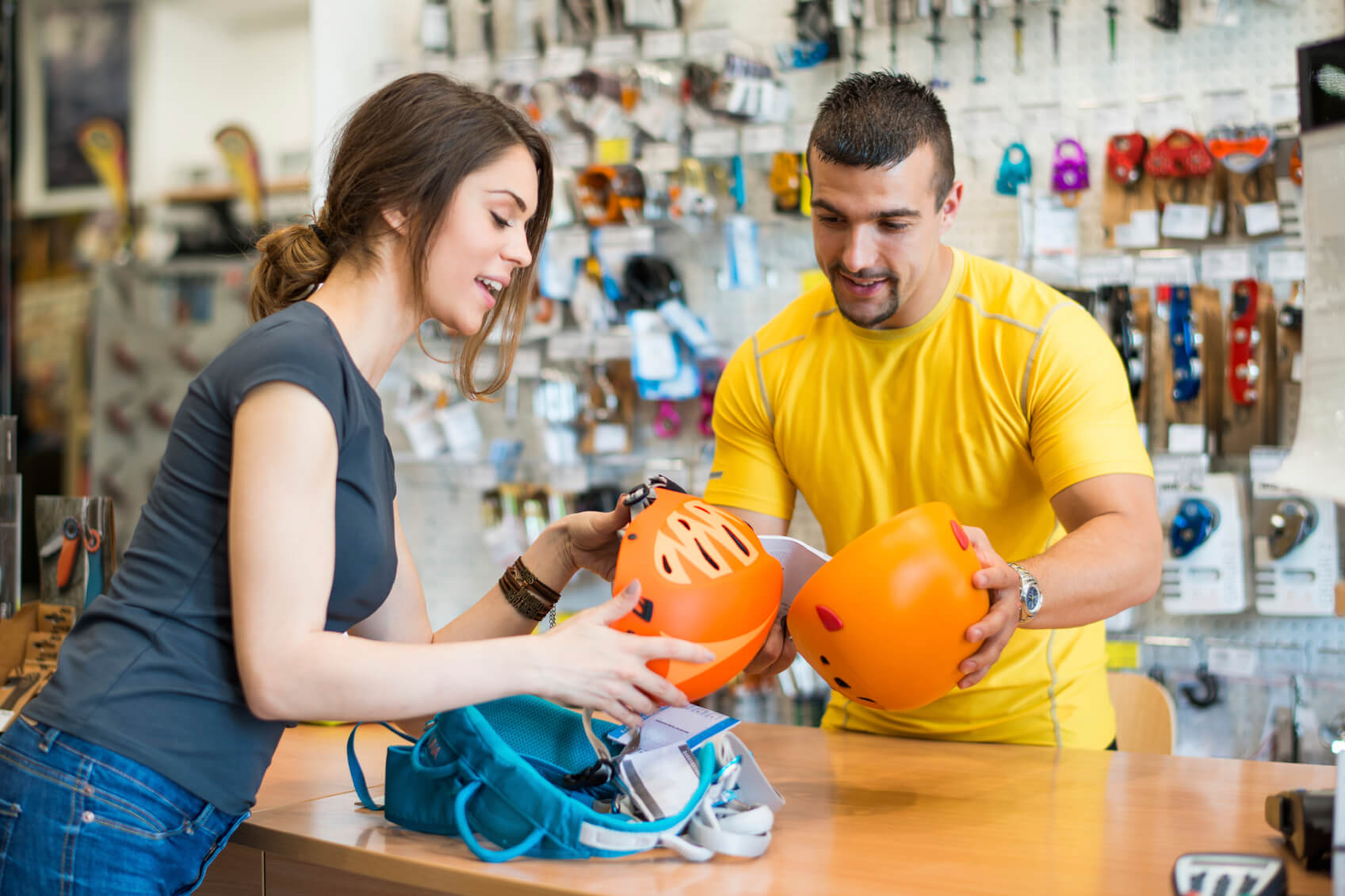
Depending on how busy your sporting goods store is, you’ll likely need to hire a team of inventory, shelving, restocking, sales, and customer service support staff. Customers will tend to trust and listen to sports enthusiasts. So ideally, your employees are people who love and know about sports. If budgets are limited, you can consider partnering with a local sports school and opening an internship. Thus, you can offer students the opportunity to run a business and in exchange for their help in your store.
Step 9. Prepare to open a store
Select a suitable location
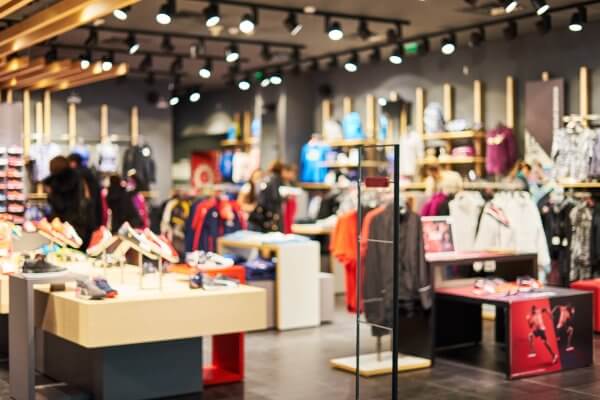
When deciding where you want to open your store, it’s essential to know the type of storage space that best suits your needs. First, there are traditional options like proximity to sports venues, parks, or downtown areas. You’ll get a steady stream of customers as these areas are densely populated and are easily accessible by foot traffic. If you sell bulky or huge sporting goods, you should find a location with ample parking so employees and customers can easily transport them back to their cars.
Rent or buy
If construction and rental costs are much higher than your budget, consider alternatives such as subletting part of your store, renting a small kiosk in a mall, or just selling online. These alternatives will have a lower start-up and operating costs.
Set up visual merchandising
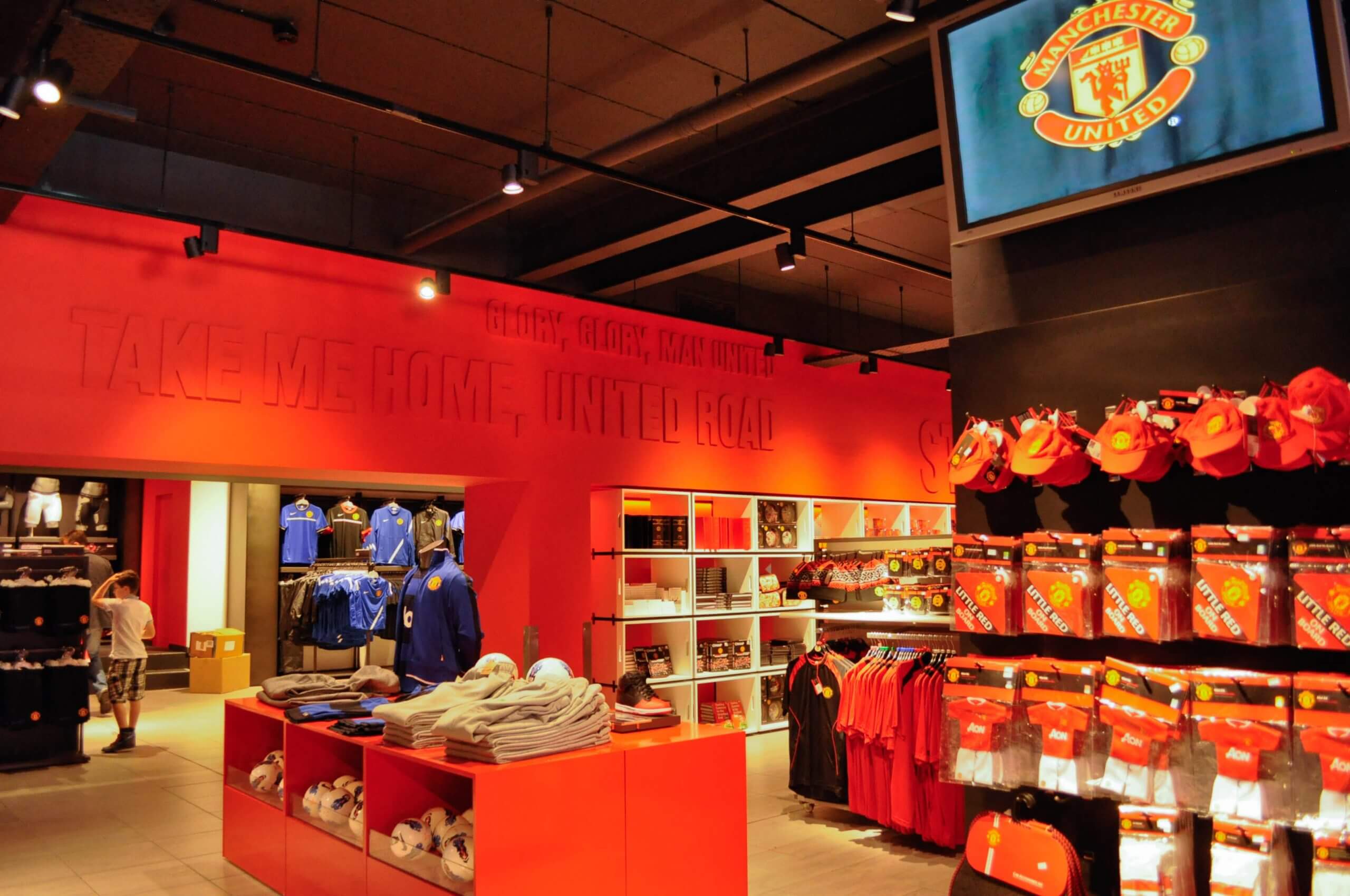
If your sporting goods business caters to a niche market, make sure your store can become a must-visit for all your local enthusiasts. Your sports store décor should match the sports seasons. You need to change your visual merchandising regularly according to the trends. For example, store displays should cater to softball and baseball games in early spring. As autumn approaches, football will be the primary concern of customers. Another idea for visual merchandising is to set up a batting cage that simulates electronic golf or sports-related video games in or near your sporting goods store.
Step 10. Stock up on inventory
Make product planning
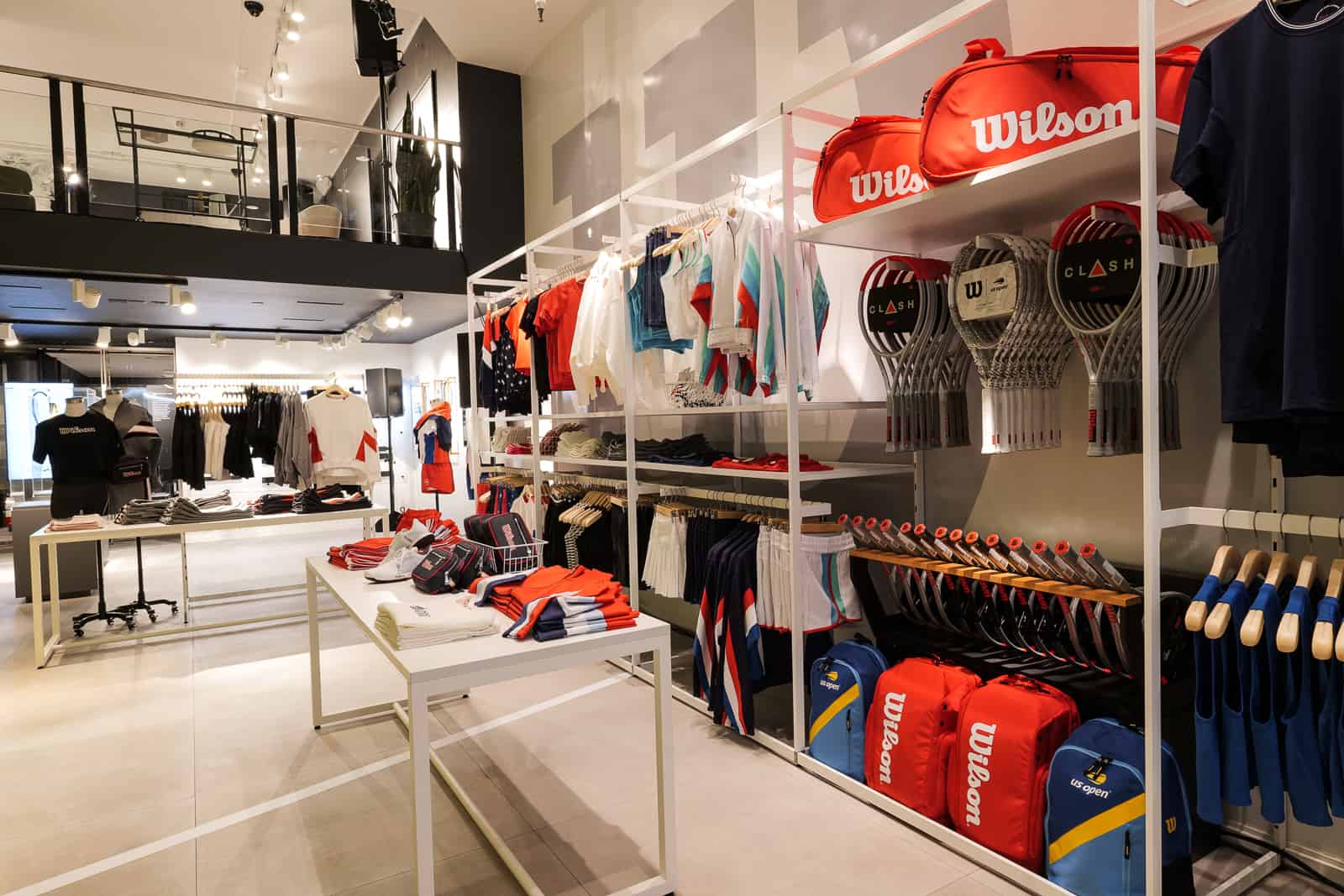
After choosing your niche and store location, your next step is to stock up on inventory to start selling and turning a profit. Sportswear often changes with the seasons and trends. So you get to know the most sought-after brands and popular products of each period by talking to sports enthusiasts, reading sports magazines, and attending conferences.
Find a supplier
Next, you’ll need to determine what companies deliver and ship products to your area. You can visit the website of the National Sportswear Association or consult trade magazines. Then you need to find out if the suppliers have minimum order requirements and any special promotions for new retailers like you. Finally, remember, wholesale is usually cheaper than ordering individually or in small batches.
Step 11. Promote and market your sporting goods store
Loyalty program
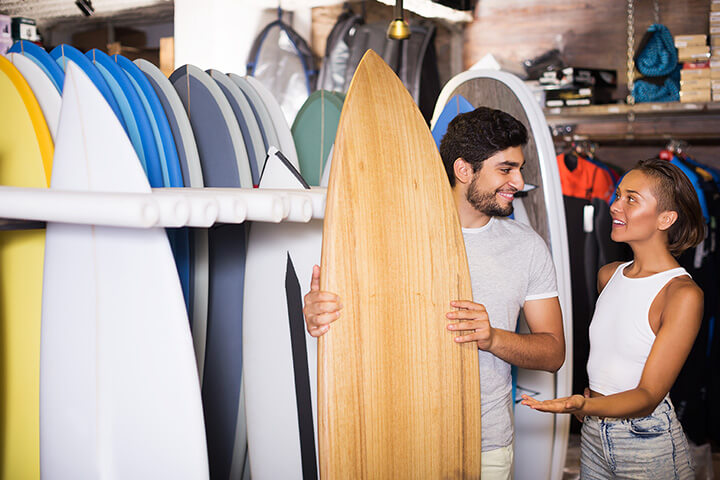
You’ll need a good advertising and marketing strategy. You can try effective marketing strategies with local small businesses, like holding a local design contest and offering the winning designer a gift card. The best way is to offer great deals to your initial customers. Provide promotional offers to local sports organizations and club participants. They’ll viral your store with their colleagues and friends about your store’s competitive prices and high-quality products.
Traditional advertising and marketing
If you have a marketing budget, you can spread your ads across a variety of media such as:
- Advertise in local newspapers, on radio, and local TV programs
- Buy advertising space at your local media store or print
- Hang a banner at the local sports ground
- Sponsor a local sports team: become their official distributor, brand and print the store’s logo on the team’s jersey
Increase in online presence
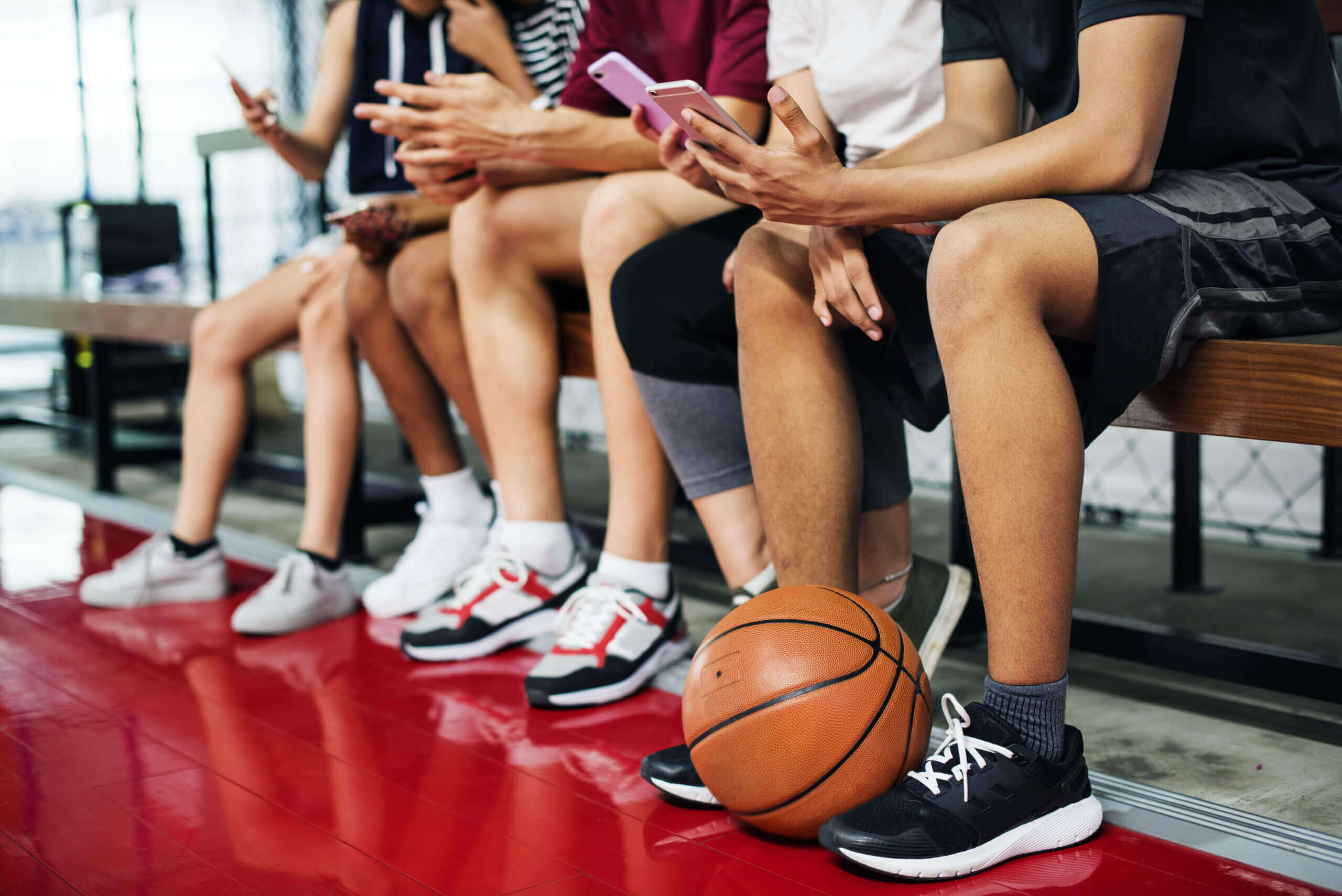
In addition, you should regularly use social networking tools such as Facebook, TikTok, Instagram, Twitter, and Pinterest. Then, establish a solid online presence with search engine optimization (SEO): write keyword-rich content, blog, regularly update the site with insightful content.
Sports ecosystem and community
Get creative and think about ancillary services like sports medicine or nutrition bars for long-distance runners. Or, you might consider organizing sporting events or exhibitions for enthusiasts. From there, consider cooperation and build a win-win business relationship.
Related questions
Are sporting goods stores profitable?
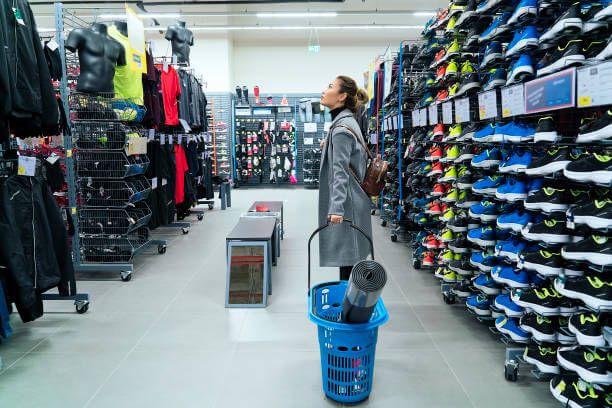
Yes, sporting goods stores are profitable. According to Textile Today, the sportswear industry is worth about $62 billion. It has steadily increased since 2015 and is expected to reach $100 billion by 2025. An innovative way to make money from a sporting goods business is to buy used sports equipment and resell it. So you can ask carefully to buy items that are in good shape and good quality, clean them up, and you’ll end up selling them for more than you paid for.
What is the average markup on sporting goods?
The average markup on sporting goods is 35—45%. When you sell inventory, the prices of these goods are then tagged for tracking profit versus overhead. Less common items will be around 25–30%. Thus, a small-scale sports retail store located in an international city with a high-traffic location earns on average $120,000—$550,000 per year as the Dick’s Sporting Goods chain of stores. If your store goes into stable operation, you can ultimately generate a monthly profit of up to several thousand dollars.
How much do soccer stores make a year?
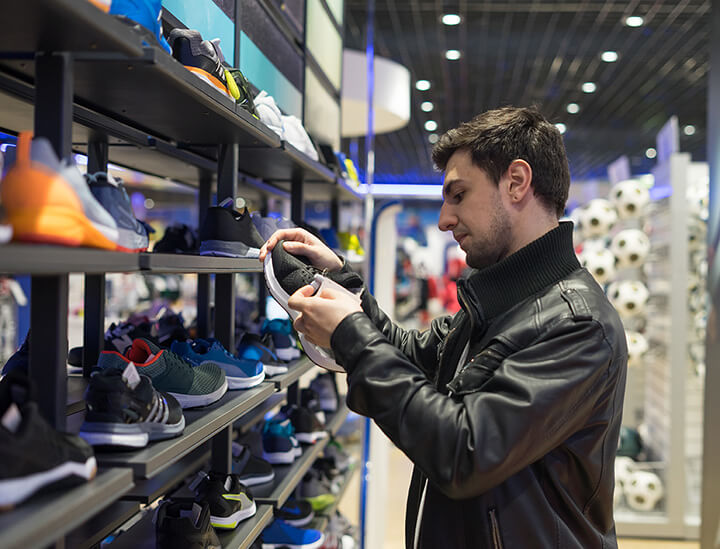
Soccer stores make a year $133.4 million in 2020, according to Statista. Among them, the wholesale sales of football protective gear are about 32.5 million dollars.
Conclusion
Although a sporting goods store can be expensive to set up and run, it’s still a successful start-up for sports enthusiasts. Thus, you can refer to the steps in this article to understand how to start a sporting goods store — research how to differentiate yourself from your local competitors and appeal to a specific target market.
Then, choose a store location with access to fast-growing residential areas in the metropolitan area, staff it, and equip a POS system to pursue consistent sales and realignment aggressively.
Finally, implement an integrated, consistent marketing plan. Don’t forget to improve your website for ease of use and presentation and optimize search engine results for SEO to increase your online presence.
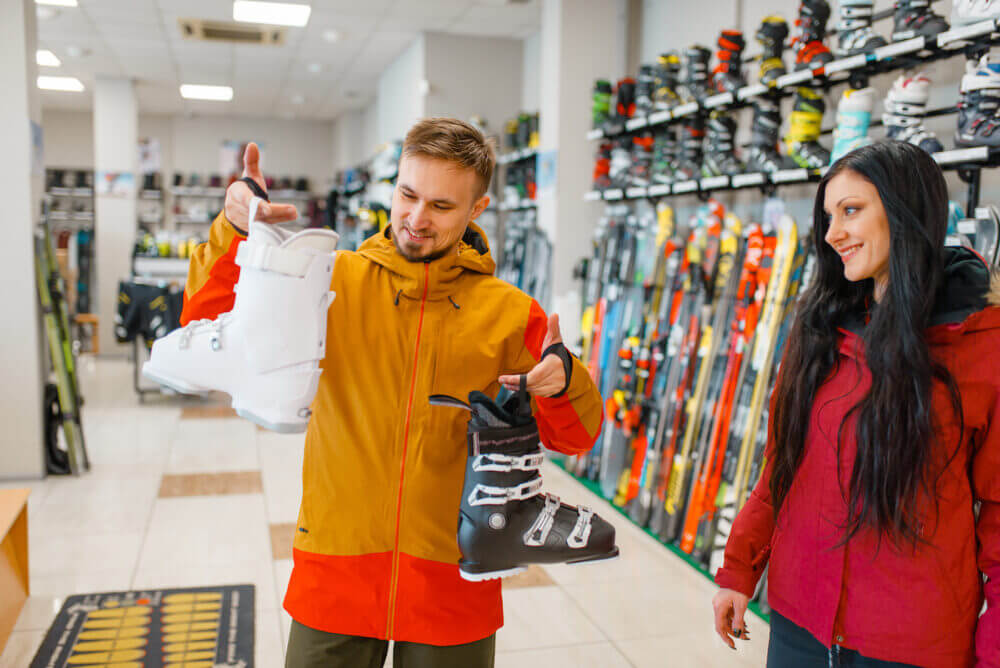
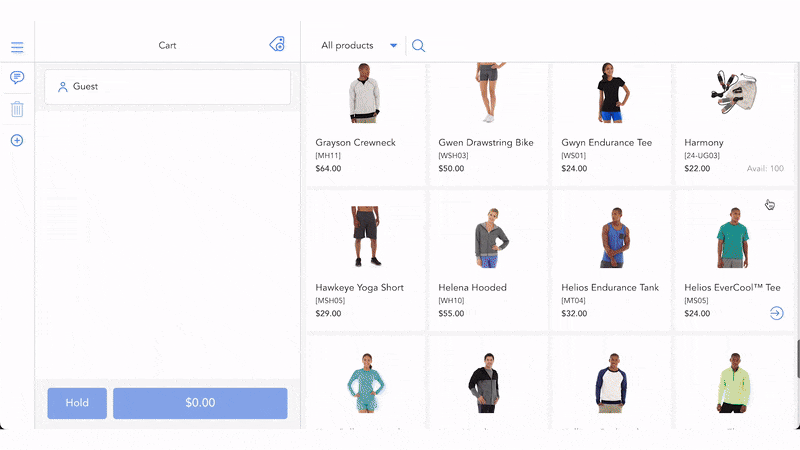


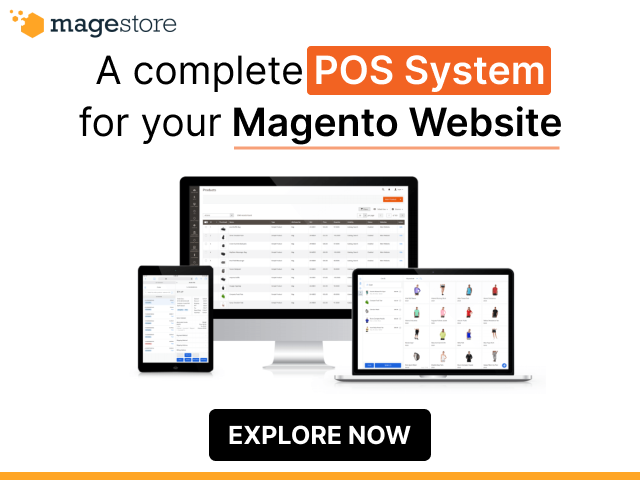


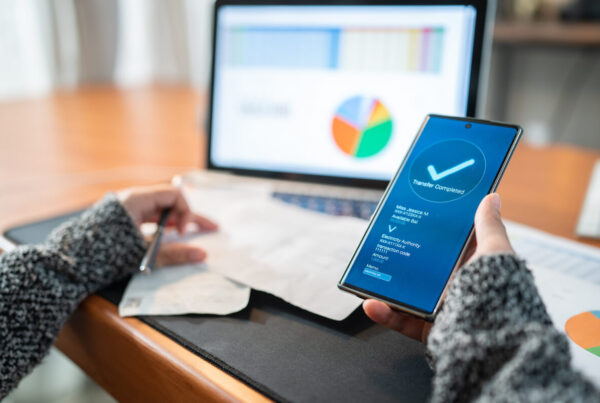




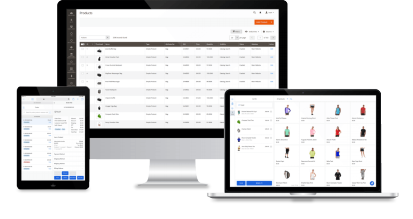

Thank you.
Starting a sporting goods store can be a thrilling yet challenging endeavor, and this post promises to provide insightful guidance to navigate the process effectively. From market research and sourcing suppliers to setting up an engaging store environment, the information shared in this blog post can serve as a valuable roadmap for turning dreams into reality. The author empowers readers to embark on their entrepreneurial journey with confidence and strategic planning by addressing the key steps and considerations involved in launching a sporting goods store. Thank you for sharing this resourceful guide that has the potential to inspire and support aspiring store owners in the competitive world of sporting goods retail
The content you shared is wonderful.